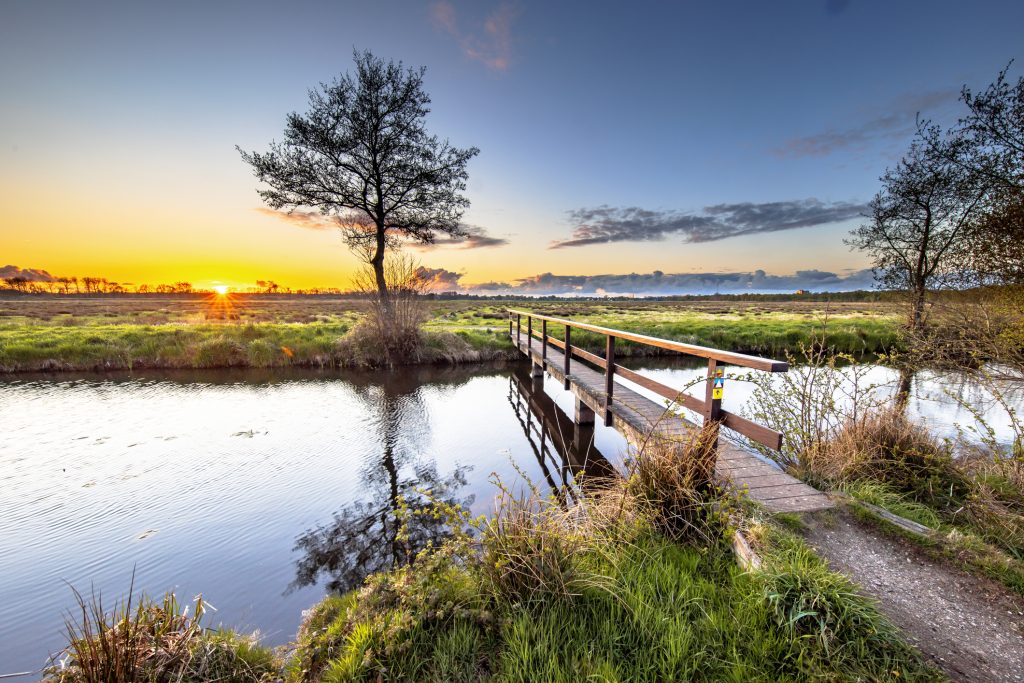In the digital age, social media has become an indispensable tool for marketing, providing a unique platform for showcasing properties and reaching potential buyers worldwide. This is particularly relevant for rural properties, which can often be harder to sell due to their location and the smaller pool of potential buyers. However, the very features that make these properties unique—seclusion, natural beauty, and extensive land—can be effectively highlighted through social media platforms. This article explores how real estate agents, sellers, and marketers can leverage social media to showcase rural properties, engage with potential buyers, and highlight the lifestyle that rural living offers.
Choosing the Right Platforms
The first step in leveraging social media for selling rural properties is selecting the right platforms. While Facebook and Instagram are popular for their wide reach and visually oriented content, platforms like Pinterest, YouTube, and TikTok can also be valuable due to their demographic appeal and content versatility. LinkedIn can be useful for reaching professionals who may be looking for investment opportunities or a lifestyle change.
Creating Engaging Content
1. High-Quality Visuals: Rural properties offer scenic landscapes, wildlife, and unique features that urban properties often lack. High-quality photographs and videos showcasing these attributes can capture the attention of potential buyers scrolling through their feeds. Use drone footage to provide aerial views of the entire property, 360-degree videos for virtual tours, and beautiful sunset shots to highlight the property’s natural beauty.
2. Lifestyle Highlighting: Rural living offers a lifestyle that many urban dwellers dream of. Use social media to highlight this lifestyle through stories, posts, and videos that showcase activities like horseback riding, gardening, or hiking on nearby trails. Share testimonials from current residents or feature day-in-the-life content to give potential buyers a taste of what rural living could be like.
3. Regular Updates and Behind-the-Scenes: Keep followers engaged by posting regular updates about the property. This could include seasonal changes, wildlife sightings, or progress on any improvements. Behind-the-scenes content, such as the journey of bringing a neglected garden back to life, can create a narrative that followers invest in.
4. Educational Content: Use your social media platforms to educate potential buyers about rural living. This could include posts about maintaining a septic system, the ins and outs of well water, or how to prepare for rural winters. This type of content positions you as a knowledgeable resource and builds trust with potential buyers.
Utilizing Paid Advertising
Social media platforms offer targeted advertising options that can be highly effective for reaching potential buyers. Use the demographic targeting features to focus your ads on individuals interested in rural living, outdoor activities, or relocation. Geo-targeting can also be useful, especially if you’re trying to attract buyers from urban areas looking for a rural retreat or second home.
Engaging with the Community
Engagement is key to social media success. Respond to comments, messages, and questions promptly to build relationships with your audience. Additionally, engage with local communities and groups related to rural living or real estate investment. This not only increases your visibility but also establishes your presence as an authority on rural properties.
Collaborating with Influencers and Local Businesses
Collaborate with influencers or local businesses that align with the rural lifestyle. This could include local artisans, farmers, or outdoor enthusiasts who can showcase the benefits of rural living to their followers. Partnering for giveaways, featuring each other’s content, or co-hosting events (virtual or in person) can broaden your reach and attract potential buyers who trust these local voices.
Leveraging User-Generated Content
Encourage current residents or visitors to share their experiences and tag your property. User-generated content is authentic and can be more persuasive than traditional marketing. Featuring this content on your social media platforms can provide a genuine look at the lifestyle and community surrounding the property.
Tracking and Analyzing Performance
Finally, use the analytics tools provided by social media platforms to track the performance of your content. This data can help you understand what resonates with your audience, allowing you to refine your strategy and content accordingly. Pay attention to metrics such as engagement rates, click-through rates, and conversion rates to gauge the effectiveness of your social media efforts.
Conclusion
Social media offers a dynamic and interactive platform for marketing rural properties. By showcasing the unique features and lifestyle of rural living, engaging with potential buyers, and utilizing targeted advertising, sellers can reach a wider audience and generate interest in their properties. High-quality visuals, educational content, and community engagement are key components of a successful social media strategy for rural properties. By leveraging these tools effectively, sellers can not only highlight the beauty and appeal of rural homes but also connect with potential buyers who are looking for just that kind of escape or investment.

